
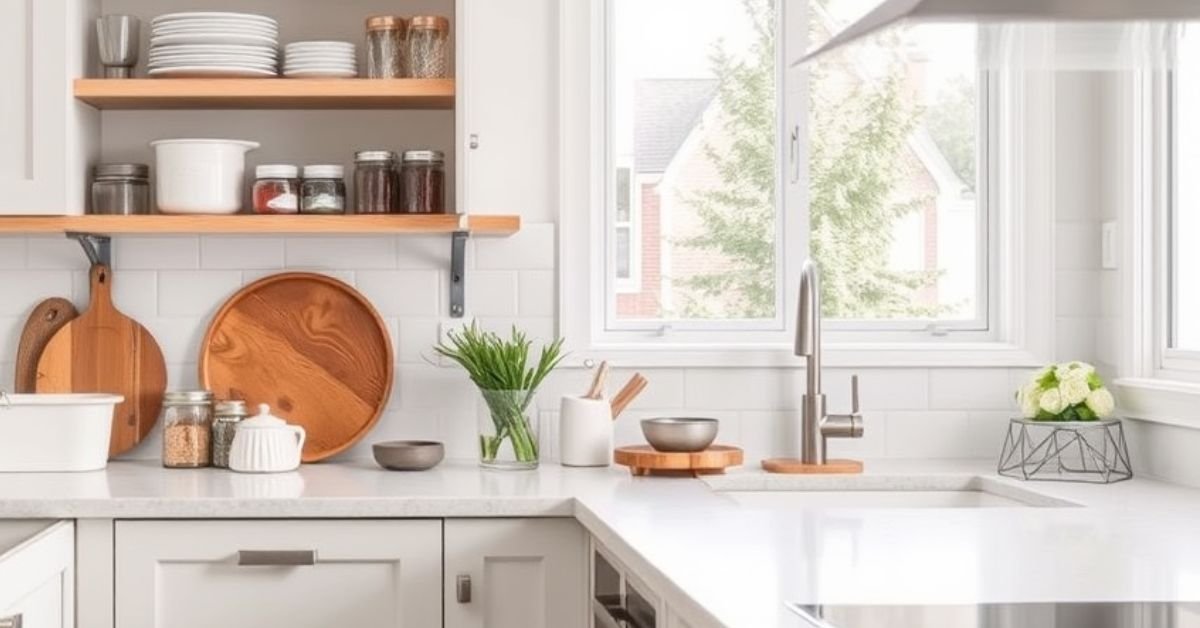
Our editorial team individually chooses every product that is suggested on neatcupkit. We might get paid if you buy something after clicking on any of these links.
Follow these steps to keep your kitchen organized and maximize your storage space:
In a small kitchen, utilize every available space. Consider using the inside of cabinet doors for additional storage organized , such as dish towels or lids. A well-organized pantry can also help you keep your kitchen tidy and functional.

To maintain an organized kitchen, always return items to their designated spots after use. Establish a system for food storage organized, such as using clear jars for dry goods. This not only keeps your kitchen organized but also adds a decorative touch.
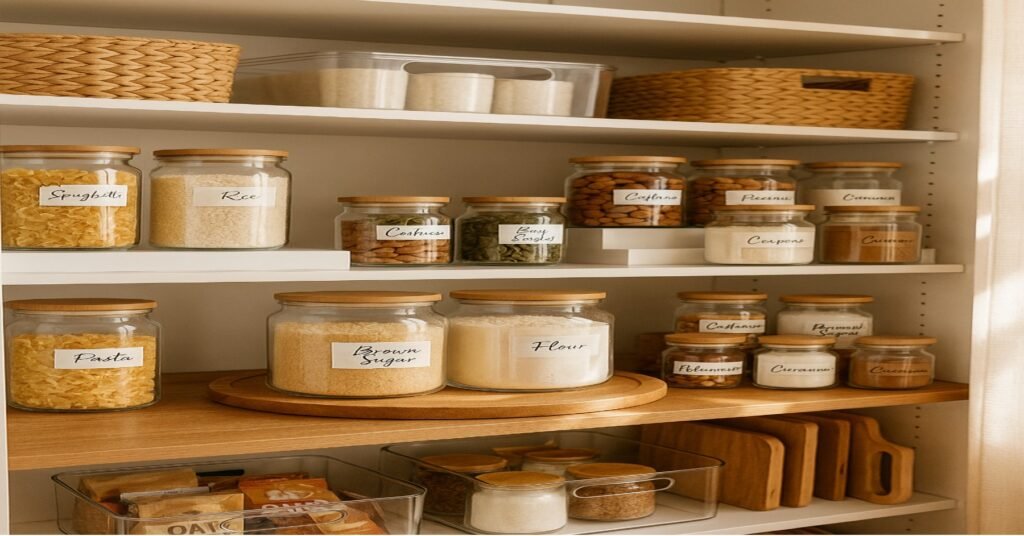
To keep your kitchen organized in the long run, establish a routine for checking and reorganizing your kitchen drawers and cabinets every season. Adjust your kitchen storage organized as your needs change; for instance, if you purchase new kitchen tools or baking sheets, find a dedicated spot for them. Regularly declutter to eliminate items you no longer use, and consider storing food in plastic containers to keep your pantry neat. Incorporating drawer organizers can also help in maintaining an orderly kitchen environment.
Maintaining an organized kitchen storage system involves consistent effort and smart organization ideas. By categorizing items, utilizing storage solutions, and regularly reassessing your kitchen layout, you can create a space that enhances your daily routines. A well-organized kitchen not only reduces clutter but also improves your cooking and meal preparation experience.
Our Related products:
How to Use Kitchen Storage | Maximize Efficiency & Keep Your Kitchen Organized
How to Pack a Kitchen for Storage | Step-by-Step Guide for Safe Moving & Storage
The 8 Best Kitchen Storage Containers for Food Storage in 2025
Yes, but only if they are non-perishable and properly sealed when you pack your kitchen. Avoid packing perishable food items like milk, eggs, and fresh produce, as they can spoil during transport. Food items like canned goods, sealed snacks, and dry goods can be safely packed for long-term storage, if unopened. Wine bottles should also only be packed if unopened.
Protecting fragile items when you pack your kitchen requires extra care and the right packing supplies. Wrap each item individually in bubble wrap or packing paper, and use packing peanuts or cushion foam to fill empty spaces in the kitchen boxes. Consider using specialist kitchen boxes with dividers for delicate utensils like stemware to prevent breakage and ensure the best protection.
Labeling is crucial for a smooth unpacking experience when you pack your kitchen. Clearly mark each kitchen box with its contents and the destination room, such as “Kitchen – Pots and Pans” or “Dining Room – Glassware”. Indicate if the kitchen box contains fragile items by writing “FRAGILE” in bold letters on all sides. This ensures careful handling and helps you quickly locate specific items upon arrival, you get our drift.
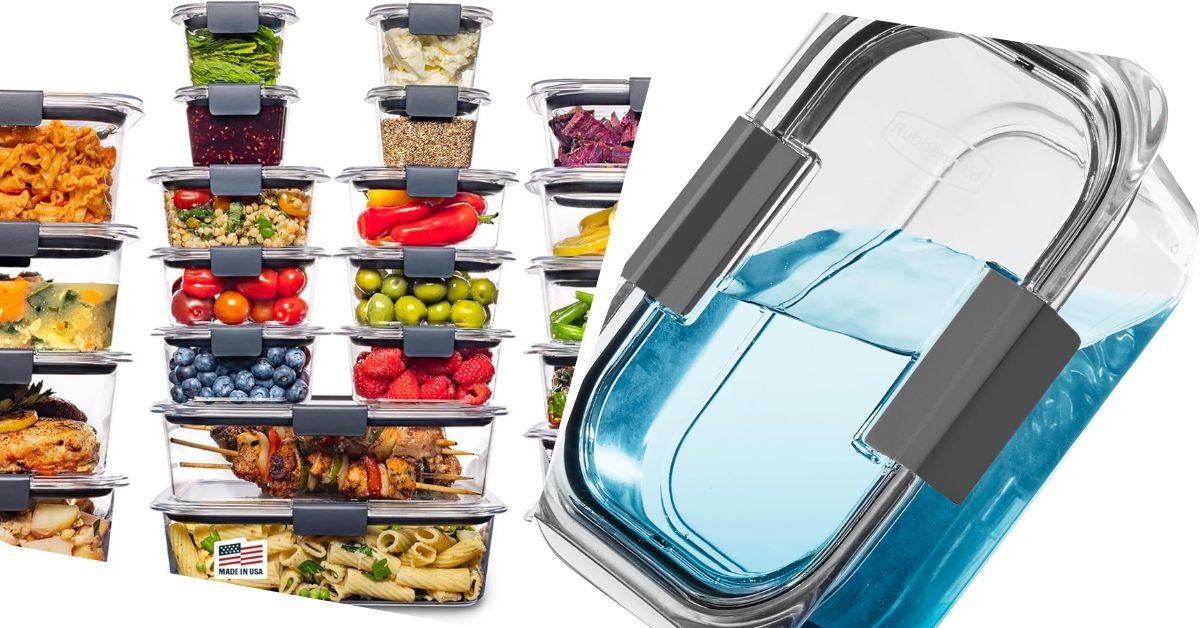
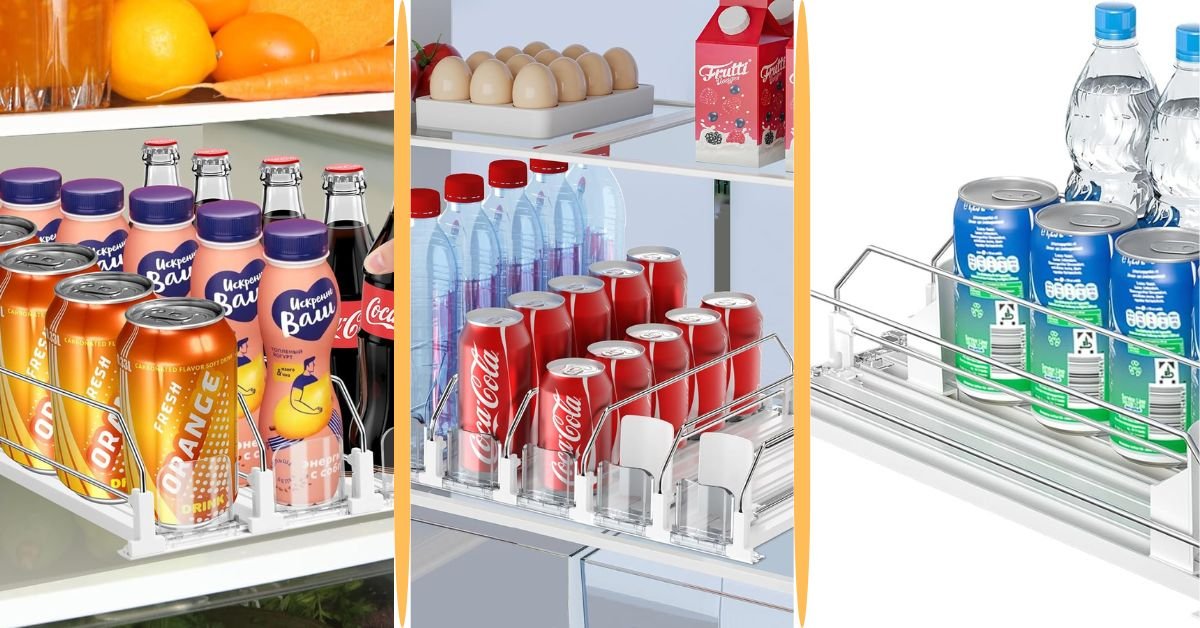
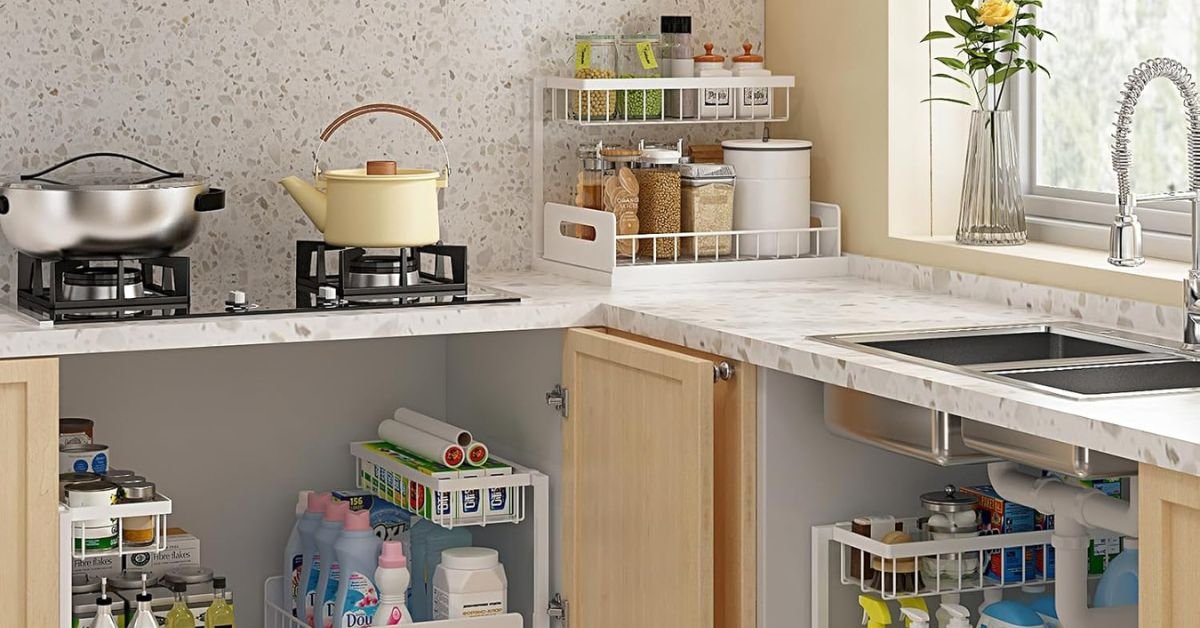
One Response